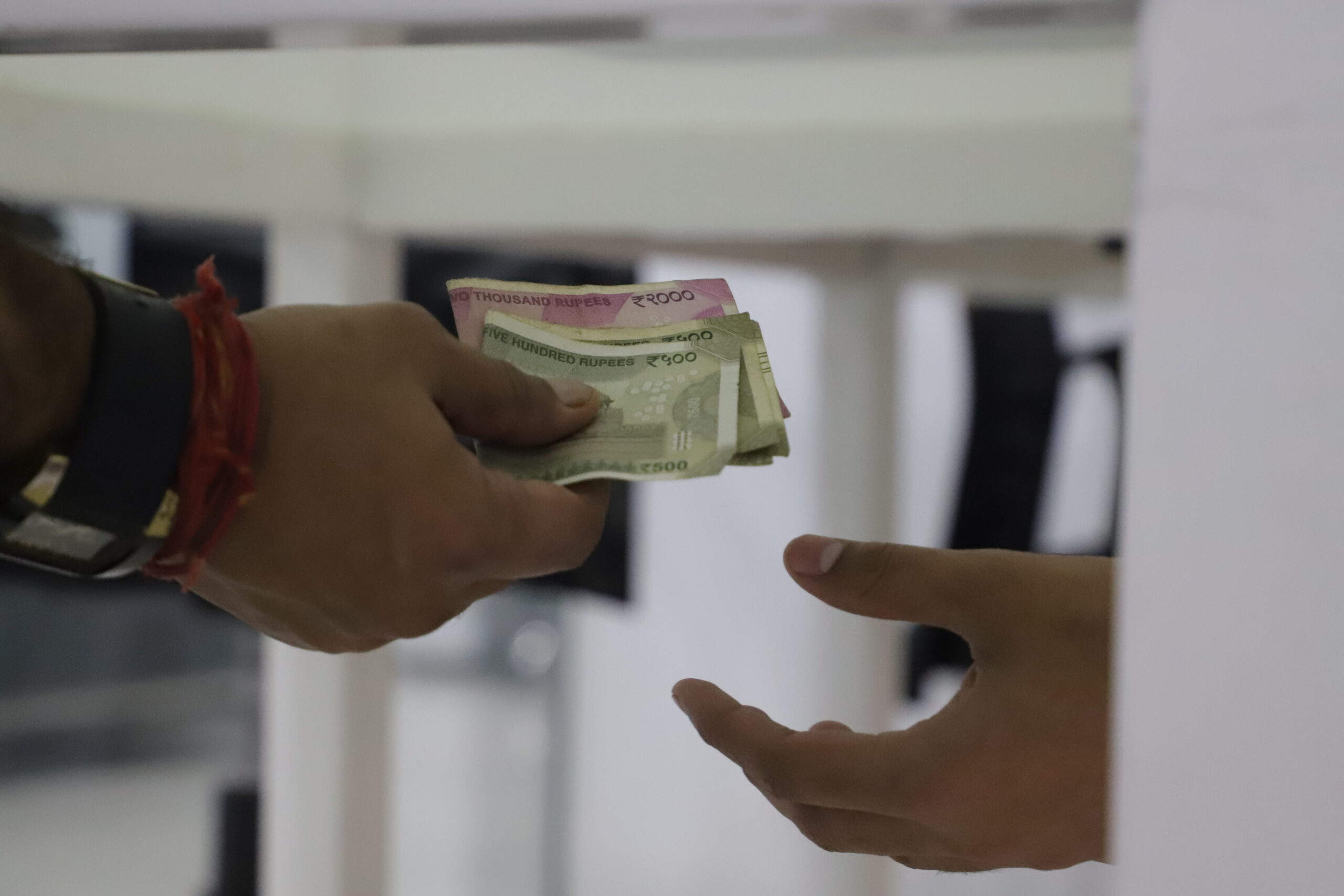International Anti-Corruption Day: “Zero tolerance of corruption remains just a slogan in India”

India’s ranking in the Corruption Perceptions Index (CPI-2019) has slipped from 78 to 80 compared to 2019 (MIG photos/Representational Image)
Q. How effective are the laws on anti-corruption in India?
Anti-corruption laws in India like POCA, RTI, Lokpal and Lokayukta Act are stringent per se but because of the social and political climate in the country which accepts bribe-giving and corruption as a regular affair, anti-corruption laws fail to achieve their purposes. Despite pervasive public sentiment and awareness about corruption and media trials in high profile corruption cases, the implementation of the laws suffers a setback due to integrated and hidden nexus between government, politicians, bureaucrats, corporate giants and so on. Less than 18-19 pc of registered corruption cases end in conviction & vigilance administration is also weak.
Q. Since technology is supposed to make things more transparent, has India succeeded in that? With the introduction of Digital India and other initiatives what has been the impact?
Technology is supposed to create further avenues of development and growth in the country. Digital India was launched with this aim in mind. However, the scenario is such that the ground reality in the country was not taken into consideration. Digital divide, lack of access to digital resources especially in rural areas, the cost of technological upgradation and so on were not even considered before introduction of digital initiatives in the country. Digitisation has also opened up debates about privacy concerns of the citizens and cyber attacks which also need in-depth consideration. As per Transparency India’s recent report 10 states/UTs out of the 28 states and two union territories don’t have any official websites. Only Lokpal (Email mode) & three states namely Odisha, Maharashtra and Mizoram have online complaint facility.
Q. BJP won the last election on the promise of removing corruption. Has it happened or is there more corruption?
Despite the government coming into power on the plank of anti-corruption agenda in 2014 and achieving the people’s mandate yet again in the 2019 general elections on the promise of ‘Zero-Tolerance’ of corruption, the agenda is more or less slogan not translated in action on ground. The policy of demonetisation as an attempt to curb the flow of black money in the economy and the retirement of several important officials of Revenue Service on allegations of corruption has been the modus operandi of the government to ensure that the ‘war against corruption’ does not lose its significance in the country. However, as time goes by it seems that the issue of corruption is not high on the agenda of the government and seems to have gone out of the political narrative altogether. More political will and dedication from the government is the need of the hour.
Last 3-4 years have seen tax authorities being more empowered with discretionary powers. Has this led to increase in corruption?
Tax administration is perhaps the most attractive zone of corruption across the globe including India because there are numerous opportunities and incentives to engage in corrupt activities. This is because of complex laws administering taxes as well as discretionary powers conferred on tax authorities in India. Even though the government of India recently began faceless tax proceedings, it is yet to show any magic.
Q. To what extent are electoral bonds a conduit for corruption?
No doubt, electoral bonds are pseudo attempt to clean electoral funding; we believe government can do much more on this front. Opaqueness around political and election campaign financing is a very pertinent issue in India which has to be dealt appropriately through strict regulation of the finances and dismantling of electoral bonds. There is an unprecedented amalgamation of foreign interests and corporate interests in the political campaigning in India which tends to create a breeding ground for corrupt activities under the garb of donations and contributions to political parties. This arena of corrupt activities needs to be tackled with immense tact and strategy.
Q. As per your report India’s ranking in the Corruption Perceptions Index (CPI-2019) has slipped from 78 to 80 compared to the previous year. Can you please share why that is actually happening is?
Corruption Perceptions Index released by TI Berlin is a composite index. It is a combination of 13 surveys and assessments of corruption & other good governance indicator, accordingly; many factors are responsible for increase or decline in ranking of country. As per the report of Transparency International, ‘opaque and unfair political financing along with undue influence in decision making and lobbying by powerful interest groups’ lead to a situation in which efforts to control corruption fail to prosper in democracies like India. Premier institutions like Central Bureau of Investigation and Central Vigilance Commission are all undergoing institutional decay as checks and balances are failing miserably. The space for civil society is also allegedly shrinking at such a pace that ‘government of the people, by the people and for the people’ is obviously failing. Instead of empowering the citizens through decentralised measures of governance and enhancement of the citizenry’s basic capabilities, Indian democracy is furthering the regime of systematic corruption in the country.
Q. India has the highest bribery rate in Asia, even though a few other Asian countries like Afghanistan are war torn. Kindly tell us the reason behind it?
As mentioned earlier, institutional decay & lack of political will can be one of the prime reasons behind it. The epicenter of corruption is politics, all institutions failed to check the irregularities in campaign finances all over the country are facing rebuke due to their complicity with politicians as well as lack of accountability. Institutions form the backbone of a functional and healthy democracy ensuring that the basic tenets of good governance are upheld in any country. Therefore, the institutional decay has to be checked. The environment in the country has become such that it’s not easy for ordinary citizens as well as activists and journalists to raise their voices against corruption. All this must be addressed with the right combination of accountable and transparent institutions, effective policy framework, time bound judicial trail in famous corruption cases and empowered citizenry.










